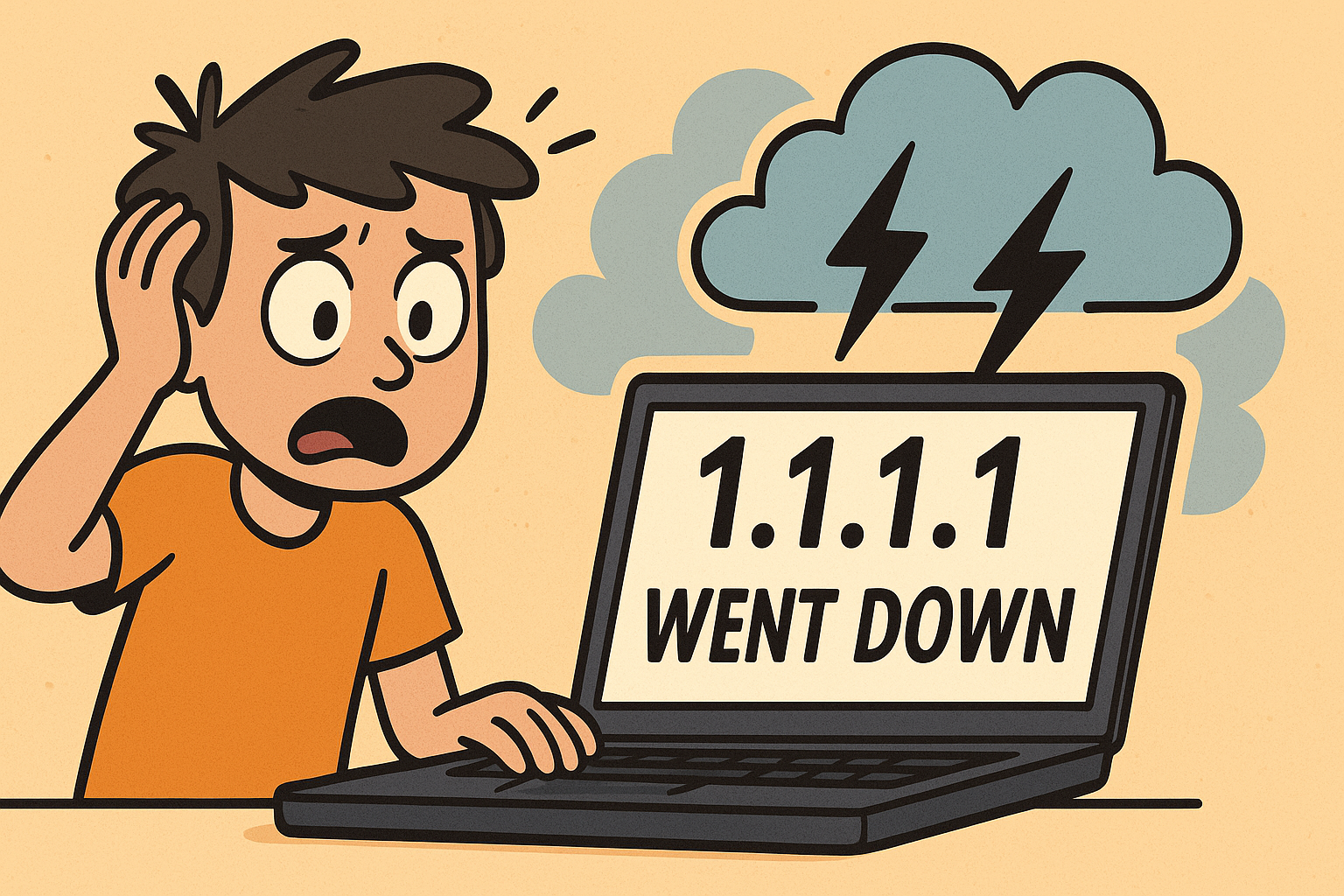“Unable to get Local Issuer Certificate” is a common SSL certificate error.
It is related to the incomplete certificate chain such as (most commonly) missing the intermediate certificate or missing the root certificate authority (CA) certificate in its trusted certificate store.
The fix is to ensure the entire certificate chain is present.
To fix the “Unable to get Local Issuer Certificate” error, you can try the following solutions:
- Update CA Certificates
- Specify the CA Certificate: You can download the CA certificate and explicitly specify it with the –CAfile option for OpenSSL command.
- Bypass SSL Verification (Not Recommended)
In this article, we will dive into this issue to see why this happens and how to fix it.
Table of Contents
Understanding SSL certificate chain
A certificate chain is an ordered list of certificates, containing an SSL/TLS server certificate, intermediate certificate, and Certificate Authority (CA) Certificates, that enable the receiver to verify that the sender and all CA’s are trustworthy.
- Root Certificate. A root certificate is a digital certificate that belongs to the issuing Certificate Authority. It comes pre-downloaded in most browsers and is stored in what is called a “trust store.” The root certificates are closely guarded by CAs.
- Intermediate Certificate. Intermediate certificates branch off root certificates like branches of trees. They act as middlemen between the protected root certificates and the server certificates issued out to the public. There will always be at least one intermediate certificate in a chain, but there can be more than one.
- Server Certificate. The server certificate is the one issued to the specific domain the user is needing coverage for.
We will use these files in this example.
- CA certificate file (usually called ca.pem or cacerts.pem). You can download cacert.pem package from curl – Extract CA Certs from Mozilla
- Intermediate certificate file (if exists, can be more than one. If you don’t know if you need an intermediate certificate, run through the steps and find out)
- Server certificate file
See also: Mastering the Linux Command Line — Your Complete Free Training Guide
How do Certificate Chains work?
When we install our TLS certificate, we also be sent an intermediate root certificate or bundle.
When a browser downloads our website’s TLS certificate upon arriving at our homepage, it begins chaining that certificate back to its root.
It will begin by following the chain to the intermediate that has been installed, from there it continues tracing backwards until it arrives at a trusted root certificate.
If the certificate is valid and can be chained back to a trusted root, it will be trusted.
If it can’t be chained back to a trusted root, the browser will issue a warning about the certificate.
View Certificate Chain
Use the openssl utility that can display a certificate chain. The following command will display the certificate chain for google.com.
openssl s_client -connect google.com:443 -servername google.com
0 s:/C=US/ST=California/L=Mountain View/O=Google Inc/CN=*.google.com
i:/C=US/O=Google Inc/CN=Google Internet Authority G2
1 s:/C=US/O=Google Inc/CN=Google Internet Authority G2
i:/C=US/O=GeoTrust Inc./CN=GeoTrust Global CA
2 s:/C=US/O=GeoTrust Inc./CN=GeoTrust Global CA
i:/C=US/O=Equifax/OU=Equifax Secure Certificate Authority
The s: indicates the certificate subject, and i: indicates the issuing certificate’s subject.
Here’s a breakdown of each certificate in your chain:
- Certificate 0:
- Subject (s): C=US/ST=California/L=Mountain View/O=Google Inc/CN=*.google.com
- Issuer (i): C=US/O=Google Inc/CN=Google Internet Authority G2
This is an end-entity certificate for *.google.com, issued by Google Internet Authority G2.
- Certificate 1:
- Subject (s): C=US/O=Google Inc/CN=Google Internet Authority G2
- Issuer (i): C=US/O=GeoTrust Inc./CN=GeoTrust Global CA
This certificate is an intermediate certificate issued by GeoTrust Global CA.
- Certificate 2:
- Subject (s): C=US/O=GeoTrust Inc./CN=GeoTrust Global CA
- Issuer (i): C=US/O=Equifax/OU=Equifax Secure Certificate Authority
This certificate is another intermediate certificate issued by Equifax Secure Certificate Authority.
Guidelines to verify the certificate chain is valid
- Subject of each certificate matches the Issuer of the preceding certificate in the chain (except for the Entity certificate).
- Subject and Issuer are the same for the root certificate.
If the certificates in the chain adhere to these guidelines, then the certificate chain is considered to be complete and valid.
- The Subject of the intermediate certificate matches the Issuer of the entity certificate.
- The Subject of the root certificate matches the Issuer of the intermediate certificate.
- The Subject and Issuer are the same in the root certificate.
Example of a valid certificate chain
server certificate
openssl x509 -text -in entity.pem | grep -E '(Subject|Issuer):'
Issuer: C = US, O = Google Trust Services, CN = GTS CA 1O1
Subject: C = US, ST = California, L = Mountain View, O = Google LLC, CN = *.enterprise.apigee.com
Intermediate certificate
openssl x509 -text -in intermediate.pem | grep -E '(Subject|Issuer):'
Issuer: OU = GlobalSign Root CA – R2, O = GlobalSign, CN = GlobalSign
Subject: C = US, O = Google Trust Services, CN = GTS CA 1O1
Root certificate
openssl x509 -text -in root.pem | grep -E '(Subject|Issuer):'
Issuer: OU = GlobalSign Root CA – R2, O = GlobalSign, CN = GlobalSign
Subject: OU = GlobalSign Root CA – R2, O = GlobalSign, CN = GlobalSign
Validate certificate chain with server and root Certificate
openssl verify cert.pem
cert.pem: C = Country, ST = State, O = Organization, CN = FQDN
error 20 at 0 depth lookup:unable to get local issuer certificate
We can use the following two commands to make sure that the issuer in the server certificate matches the subject in the ca certificate.
openssl x509 -noout -issuer -in cert.pem
issuer= /CN=the name of the CA
$ openssl x509 -noout -subject -in ca.pem
subject= /CN=the name of the CA
You can download the latest CA file from here.
In the following case, we need to add the CAfile option to verify the root certificate.
$ openssl verify -CAfile ca.pem cert.pem
cert.pem: OK
CAfile → pointing to a single cert trusted as a Root CA
CApath → pointing to a folder with certs used as trusted Root CA
Validate certificate chain with server, intermediate, and root Certificate
$ openssl verify cert.pem
cert.pem: C = Countrycode, ST = State, O = Organization, CN = yourdomain.com
error 20 at 0 depth lookup:unable to get local issuer certificate
To complete the validation of the chain, we need to provide the CA certificate file and the intermediate certificate file when validating the server certificate file.
We can do that using the parameters CAfile (to provide the CA certificate) and untrusted (to provide intermediate certificate):
$ openssl verify -CAfile ca.pem -untrusted intermediate.cert.pem cert.pem
cert.pem: OK
If we have multiple intermediate CA certficates, we can use the untrusted parameter multiple times like -untrusted intermediate1.pem -untrusted intermediate2.pem .
Related:
- Exploring SSL Certificate Chain with Examples
- Understanding X509 Certificate with Openssl Command
- OpenSSL Command to Generate View Check Certificate
- Converting CER CRT DER PEM PFX Certificate with Openssl
- SSL vs TLS and how to check TLS version in Linux
- Understanding SSH Key RSA DSA ECDSA ED25519
- Understanding server certificates with Examples




It fixed my problem. Thanks a lot.